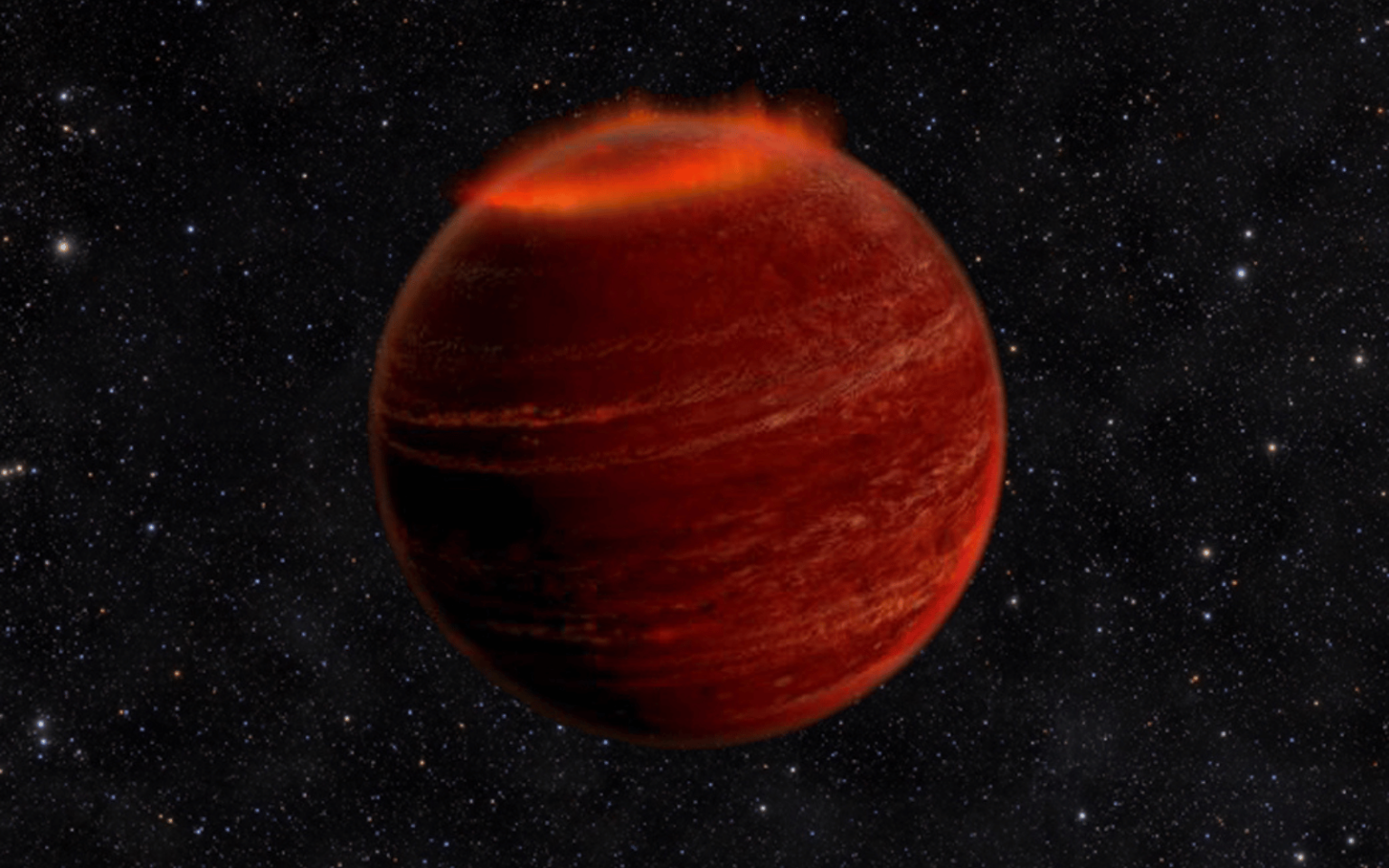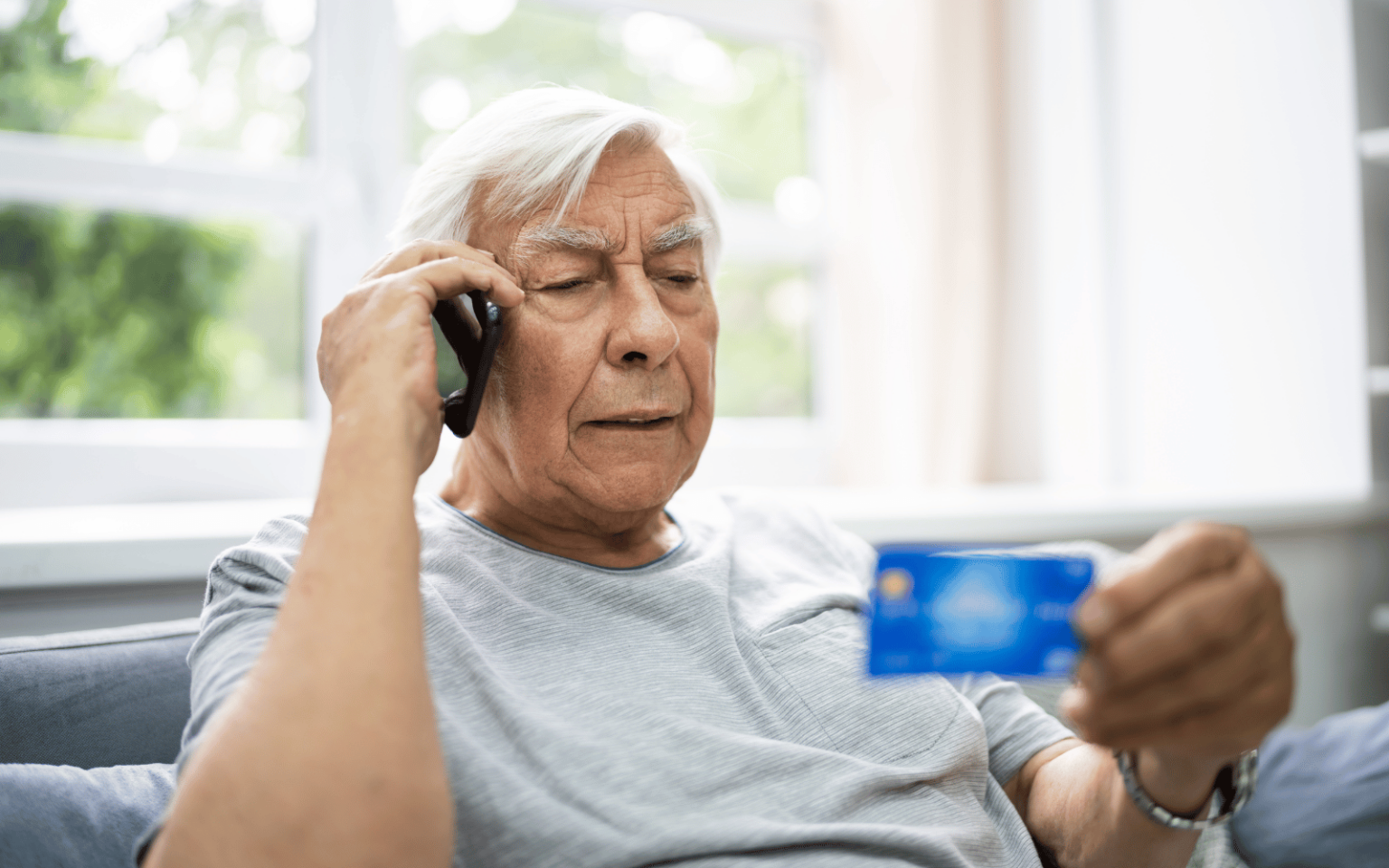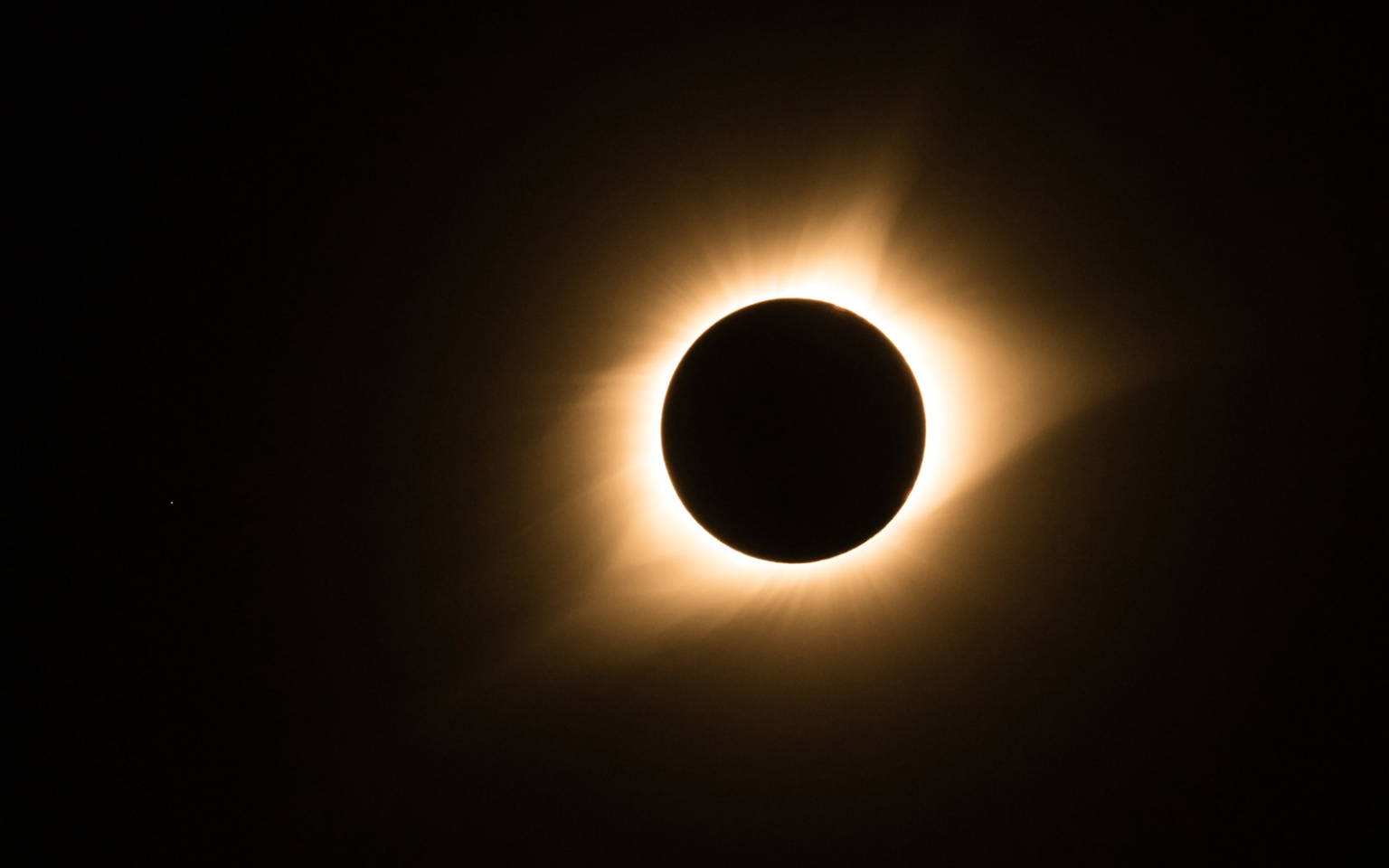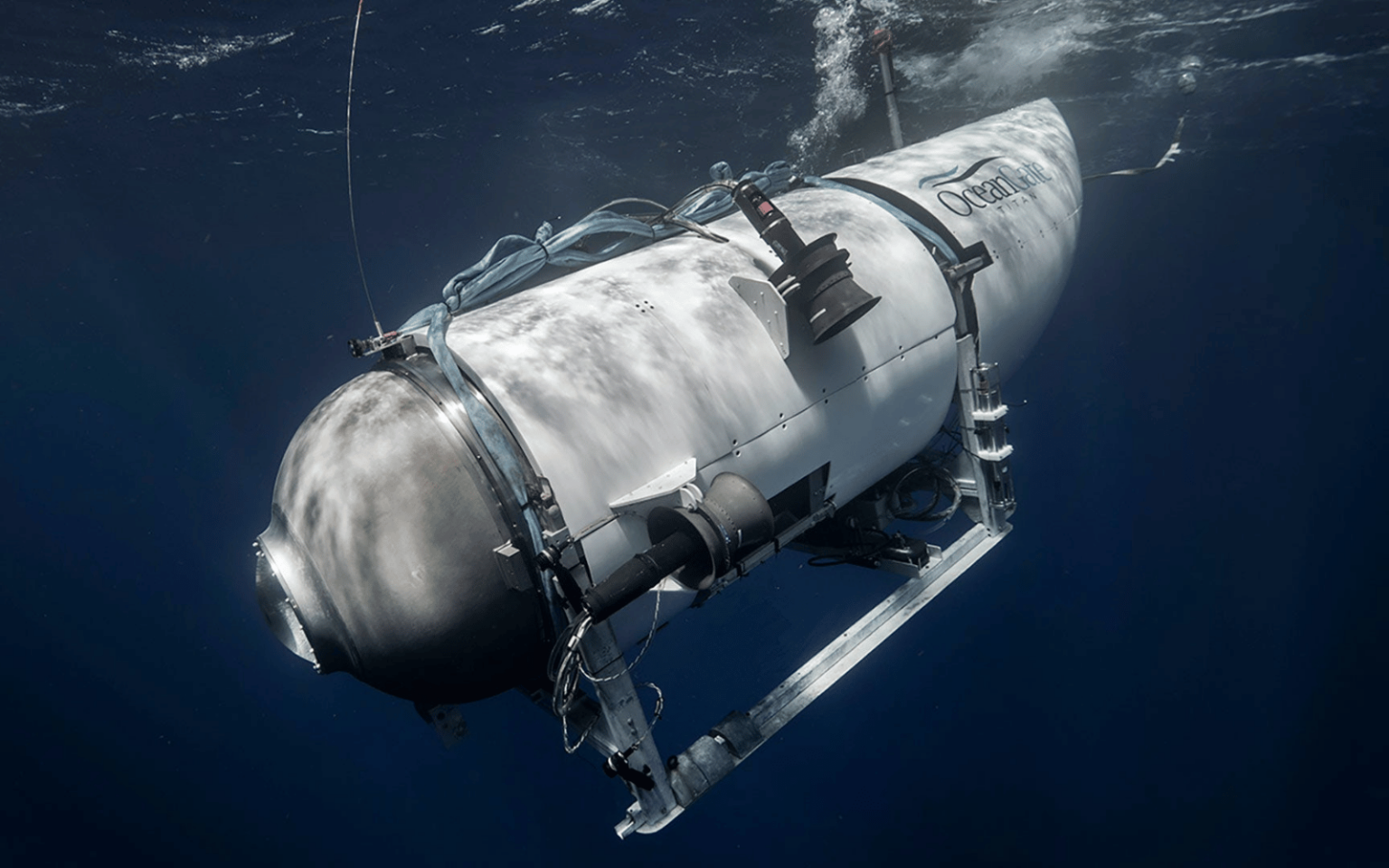We have identified the coldest star ever found to produce radio waves – a brown dwarf too small to be a regular star and too massive to be a planet. Our findings, published today in the Astrophysical Journal Letters, detail the detection of pulsed radio emission from this star, called WISE J0623. Despite being roughly the same size as Jupiter, this dwarf star has a magnetic field much more powerful than our Sun’s. It’s joining the ranks of just a small handful of known ultra-cool dwarfs that generate repeating radio bursts. Making waves with radio stars With over 100 billion stars…
Author: The Conversation
Scam calls using AI to mimic voices of people you might know are being used to exploit unsuspecting members of the public. These calls use what’s known as generative AI, which refers to systems capable of creating text, images or any other media such as video, based on prompts from a user. Deepfakes have gained notoriety over the last few years with a number of high-profile incidents, such as actress Emma Watson’s likeness being used in a series of suggestive adverts that appeared on Facebook and Instagram. There was also the widely shared – and debunked – video from 2022 in which Ukrainian president Volodymyr…
Since the AI chatbot ChatGPT was released in 2020, we’ve been hearing about the threat posed by artificial intelligence. A statement signed by academic experts and tech industry figures even branded AI an “extinction risk”. But whatever you think of such warnings, an existential threat to humanity is likely to be a threat only in the longer term. There are much more tangible risks in the near and medium term. So what are these and how worried should we be? One longstanding and often-raised concern is the possibility that AI could take our jobs away. This is something I’ve been considering since 1997, when…
Science fiction’s visions of the future include many versions of artificial intelligence (AI), but relatively few examples where software replaces human judges. For once, the real world seems to be changing in ways that are not predicted in stories. In February, a Colombian judge asked ChatGPT for guidance on how to decide an insurance case. Around the same time, a Pakistani judge used ChatGPT to confirm his decisions in two separate cases. There are also reports of judges in India and Bolivia seeking advice from ChatGPT. These are unofficial experiments, but some systematic efforts at reform do involve AI. In China, judges are advised and assisted by…
For years, small groups of astronomy enthusiasts have travelled the globe chasing the rare solar eclipse. They have embarked on cruises to the middle of the ocean, taken flights into the eclipse’s path and even travelled to Antarctica. In August 2017, millions across the U.S. witnessed a total solar eclipse visible from Oregon to South Carolina, with a partial eclipse visible to the rest of the continental U.S. The interest in astronomical events that this eclipse sparked will likely return with two eclipses visible in the U.S. during the next year – the annular solar eclipse on Oct. 14, 2023, and the total eclipse on April…
Are you eager to steer your career, team or organization toward uncharted territory? Or do you aspire to solve complex societal problems through innovation? It turns out that the most successful innovators aren’t solitary geniuses. Instead, they excel by “spanning boundaries” — moving beyond a given particular niche to access different forms of knowledge, communities, interest groups or disciplines. Successful innovators also maintain an “open” mindset, connecting with diverse sources of knowledge beyond their immediate networks. Openness, in the context of innovation, entails relying not just on internal knowledge and capabilities, but also incorporating external knowledge and sharing internal knowledge with the…
Avi Loeb, a physicist from Harvard University in the US, has recovered 50 tiny spherical iron fragments from the bottom of the Pacific Ocean that he claims may be material from an interstellar alien spaceship. Loeb is linking his finding with the passage of a fireball in January 2014. The meteor was observed by sensors of the US Department of Defense that track all objects entering the Earth’s atmosphere. It was recorded as travelling faster than most meteors and eventually broke up over the South Pacific Ocean near Papua New Guinea. Data on the object is held by Nasa’s Centre for Near Earth…
The U.S. Federal Trade Commission (FTC) recently filed a complaint stating that, for years, Amazon has “knowingly duped” consumers into signing up for Prime subscriptions and then complicated their attempts to cancel. The FTC alleges that Amazon “tricked and trapped people into recurring subscriptions without their consent” through manipulative, coercive or deceptive interface design tactics, known as “dark patterns.” Internal documents reveal that Amazon code-named the drawn-out process of cancelling Prime as “Iliad.” This, as the complaint points out, alludes to the ancient Greek epic about the long and arduous Trojan War. Our work reveals how dark patterns play a key role…
The recent coronation of King Charles III was a high-profile example of when facial recognition technology has been used to monitor a crowd, but there are plenty of others. The technology is used by law enforcement all over the UK and other countries. It’s now common in US airports. It’s being used to monitor refugees and identify dead bodies in Ukraine. Even Beyoncé fans have been subjected to it. And there’s more to come. The UK government is reportedly planning to add facial recognition to the police’s body-worn devices, drones and numberplate cameras. It may soon be very difficult to leave your house without having your face scanned. There are…
The implosion that took the lives of five souls who made the perilous deep sea voyage to the Titanic shipwreck is not your typical disaster. But perhaps the OceanGate Titan submersible craft was doomed from the start. On July 6, OceanGate announced that it would be suspending all exploration and commercial operations, and that their Pacific Northwest headquarters in Everett, Wash., would be closing indefinitely. In the wake of the disaster at sea on June 18, these actions are reflective of a company that is in the midst of a crisis of continuity as the overall future of the organization is uncertain. Given…










